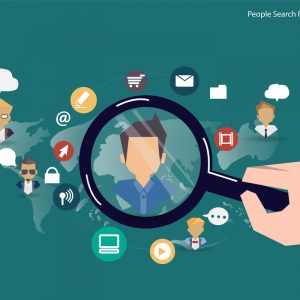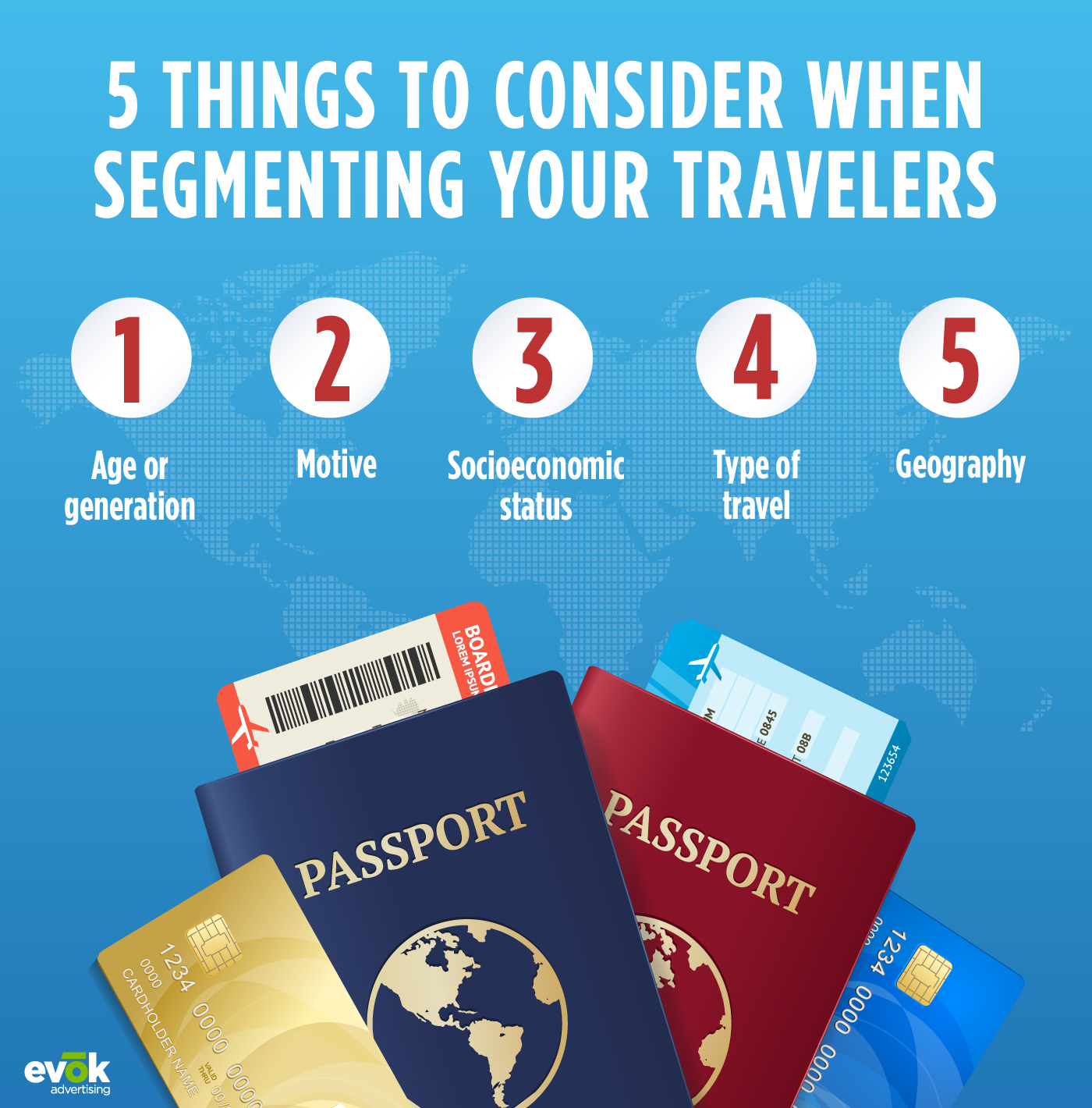
Travel & Tourism Marketing Segmentation: Ideal Digital Guests

Travelers are more empowered than ever in today’s digital sphere. They are making booking decisions faster than ever before, and they’re relying on the web to help them. This trend has left digital marketers chasing travelers on the digital space before they finalize their destination.
But this requires more strategy than just sharing unique selling points of your destination; it means getting in the minds of your audience and understanding the way they think and behave. And that’s where audience segmentation comes into play. When you target based on critical differentiators in your audience, you will see a higher ROI. Here are a few audience segments to consider before building your next digital marketing strategy.
Geography
Geographic segmentation means targeting travelers based on where they live. Travel destinations can create geographic targeting as broad as national or as small as surrounding communities. Small towns can benefit from local marketing to invite neighboring counties to nearby events such as festivals or celebrations. Whereas, national geotargeting can entice travelers to pick your travel destination for their next getaway.
Demographic
Age, gender, education, and income—these are just a few key differentiators that are identifiable in terms of real and factual data. But how do these come into play when you’re targeting travelers? For one, they can determine what type of travelers are most likely to visit your destination. This data will also help determine who your current travelers are and where to target this demographic combination for future marketing tactics.
Motive
Everyone’s “why” for traveling is different. It could be for leisure, cultural, adventure, health, or other reasons, depending on the destination. Understanding the motive of your travelers will lead to providing a better travel experience. For example, while the answer may seem obvious for a popular tourist destination like Orlando, Florida, it’s easy to forget that a traveler’s main motive could far from just a theme park visit.
Another significant motive for travelers, especially those traveling across the county, could be for the weather—northerners tend to go down south to escape frigid temperatures while southerners travel north to experience a winter wonderland. Paying particular attention to your travelers’ motives will help guide your digital strategy to target a variety of intentions at the right time and place.
Type of Travel
While motives tell you why someone chose your destination, type of travel could indicate whether they are there for a business or leisure visit. This travel intent alters what digital ad you present to which traveler. For example, an advertisement for second-tier attractions near a convention center could be used to target business travelers that are staying in the area while theme park ads target families and leisure visitors.
Life Stage
Life stage can tell you plenty about your target travelers and what they are searching for in their destination—however, don’t confuse this audience segment with a traveler’s age. Twenty-five-year-old Sarah could be a single traveler seeking new adventures while 23-year-old Mary could be a mother of two children. Though they are similar in age, they are at different stages of life, which could lead to different travel preferences.
How to Target Your Ideal Digital Guests through Segmentation

Now that you understand your key segments, it’s time to put them to the test. Your digital marketing strategy should keep these segments in mind as you build your campaign since presenting the right message to the wrong traveler can be a missed opportunity for both parties involved. Here are a couple of digital marketing strategies that can help you hit the right traveler at the right time.
Retargeting your audience
Now that you’ve segmented your audience, it’s time to clean out the clutter. Not every traveler is going to open your email, engage with your social posts, or interact with your ads because not every traveler is suited for your destination. And your email marketing strategy and user profiles for website visits could be a good starting point for retargeting your audience. By decoding your email and website analytics, you can retarget your message to fit the most engaged audience segment on your list best.
Partner with a brand and offer a unique experience
Demographics not only share what type of person is likely to travel to your destination, but it also shares more in-depth insight, like with what brands they’re most likely to associate. For example, if your travel destination is most appealing to young adventure seekers that hit the slopes during the winter season, then you can match your target demographic with products that align with their interests. In this case, this seasonal destination for young travelers may partner with a product such as an energy drink to promote a vacation giveaway.
An A/B Test Can Help Solidify Your Segments
Pinning down your audience segments is a work in progress. While you may have the right idea for a marketing message, you may not get it across on the first try. A/B testing is always a safe strategy for finding what works best for your audience segments and how they respond. This strategy means creating two different creatives with two different messages and discovering, which brings better results. This way, you’re not only targeting your audience by segment but also with a convincing message—a win to both traveler and marketer.